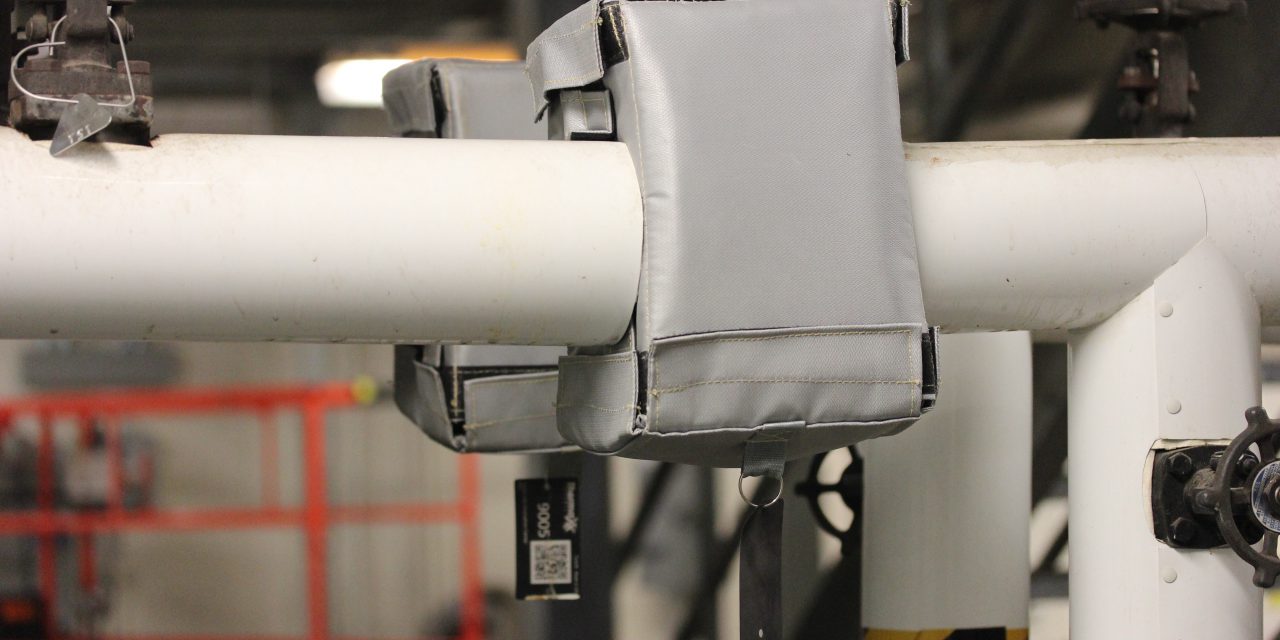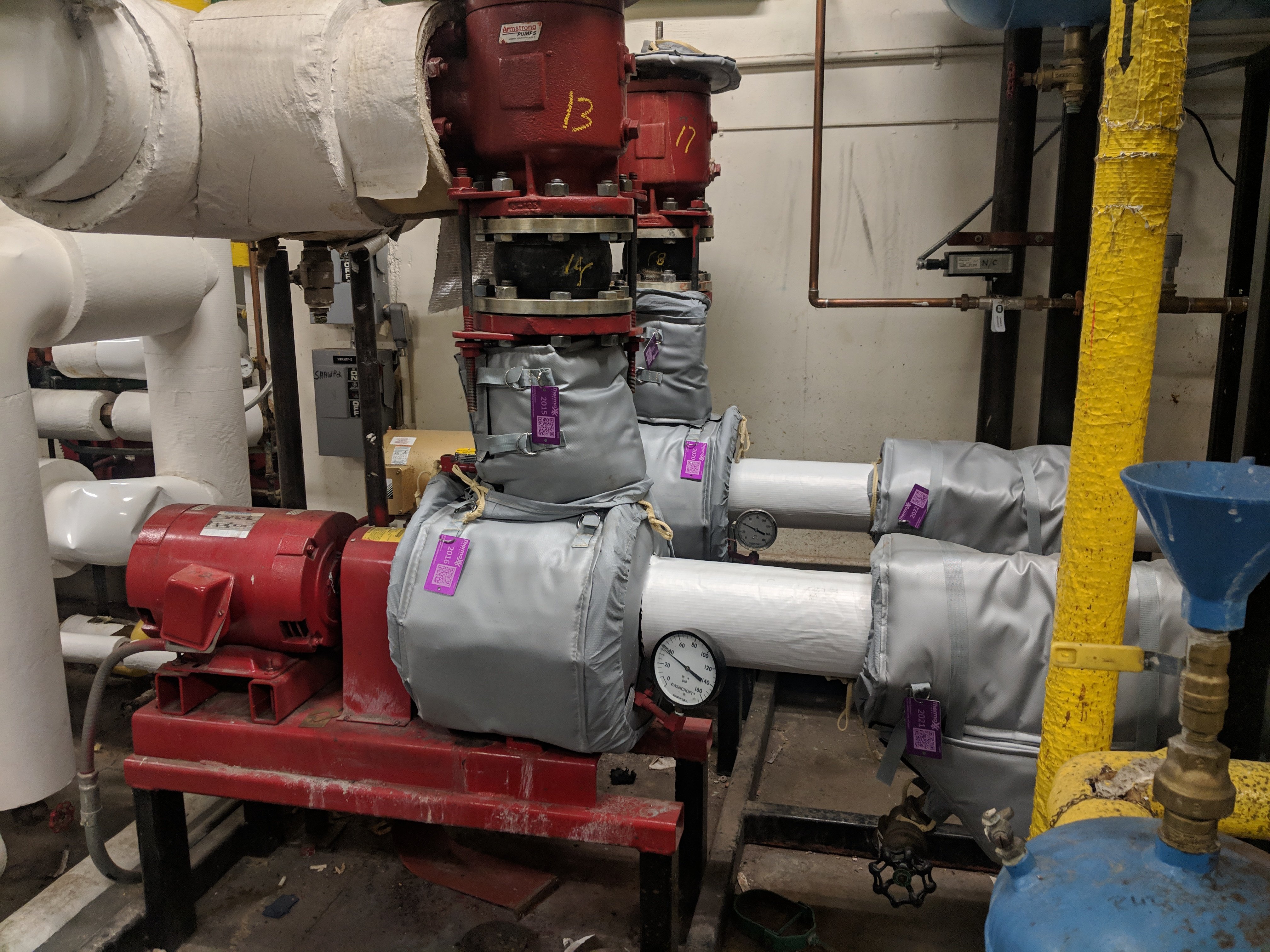Thickness Of Insulation: Pipe Insulation Covers
What To Take Into Account For Thickness of Pipe Insulation Covers
How thick should your insulation be?
Much needs to be taken into consideration when determining the proper thickness of insulation for your piping systems and various pieces of equipment. It is vital to find the proper thickness because you could damage your equipment, cause unnecessary energy loss, or put your employees in harm’s way if your equipment is not properly insulated with the necessary thickness. Here are 4 factors you should consider:
- Extreme Temperature: The various types of equipment that makes up a piping system are often unique, requiring different levels of thickness throughout the insulation covers used to protect them. For example, hot pipe insulation covers need to be thicker when insulating equipment that rises to extremely hot temperatures within. For extremely cold piping, use a pipe insulation cover that isn’t super thick and you may want to consider heated insulation covers featuring steam or heat trace. However, the best way to determine if you have the proper temperature for the thickness of your equipment is by following the manufacturer’s guidelines.
- Climate: It is necessary to take in climate into consideration when thinking of your insulation’s thickness because just as the temperature inside your piping system is important, so is the temperature on the outside of your piping system. When the equipment is in cold weather the insulation covers need to be thicker to prevent heat loss. The climate in which your equipment operates in is one of the most important factors from which you can determine the thickness of your insulation. One of the few circumstances in which it is necessary to thicken insulation for warm conditions is when you have equipment that has cold inner temperatures in a warm environment. For instance, you would insulate pipes transporting cold water through a factory in a warm climate like California.
- Indoors or Outdoors: The climate is a fairly important determinant of how thick your pipe insulation covers should be, yet whether your equipment is indoors or outdoors matters greatly as well. It is more likely that equipment housed indoors will last longer and require less maintenance, than your piping systems outdoors. Therefore, certain piping systems need to be thicker to withstand rain, sleet, snow, wind, constant sun, and other uncontrollable variables that comes with outside storage.
- Measurement: One important thing to note is that the longer the pipe, the more heat that could be potentially lost. So if one section of your equipment is substantially longer than the rest of your piping system then that section needs thicker insulation. Therefore, determining the length, width, and height of your equipment will help fine-tune the proper thickness of the pipe insulation covers you decide upon. Many facility owners reverse engineer their insulation thickness requirements by calculating what they would prefer the exterior insulation touch temperature to be. There are many off the shelf software that can assist with this calculation. 3E-Plus is one of those software’s.

Thermaxx Jackets
Thermaxx Jackets was founded over 25 years ago with a single purpose: to help our clients save energy with removable insulation blankets when traditional stay-in-place insulation is not practical. Our dedication to this purpose has resulted in a long list of customers who have saved money thanks to Thermaxx Jackets! Combining expertise in heat loss, wireless monitoring, insulation design, and several other disciplines, we’ve become the #1 provider and fabricator of removable insulation jackets and covers. The Thermaxx Sales and Service teams are experienced and trained to provide clients with the most timely and cost-effective solution.
Categories
- removable insulation
- thermaxx jackets
- energy savings
- savings
- energy efficiency
- safety
- pipe insulation
- energy
- case study
- insulation materials
- thermal insulation
- heat loss survey
- heat loss
- energy loss
- hot insulation
- fiberglass
- installation
- steam
- New York
- custom insulation
- NYC Case Study
- boiler
- university
- Connecticut
- reusable insulation






